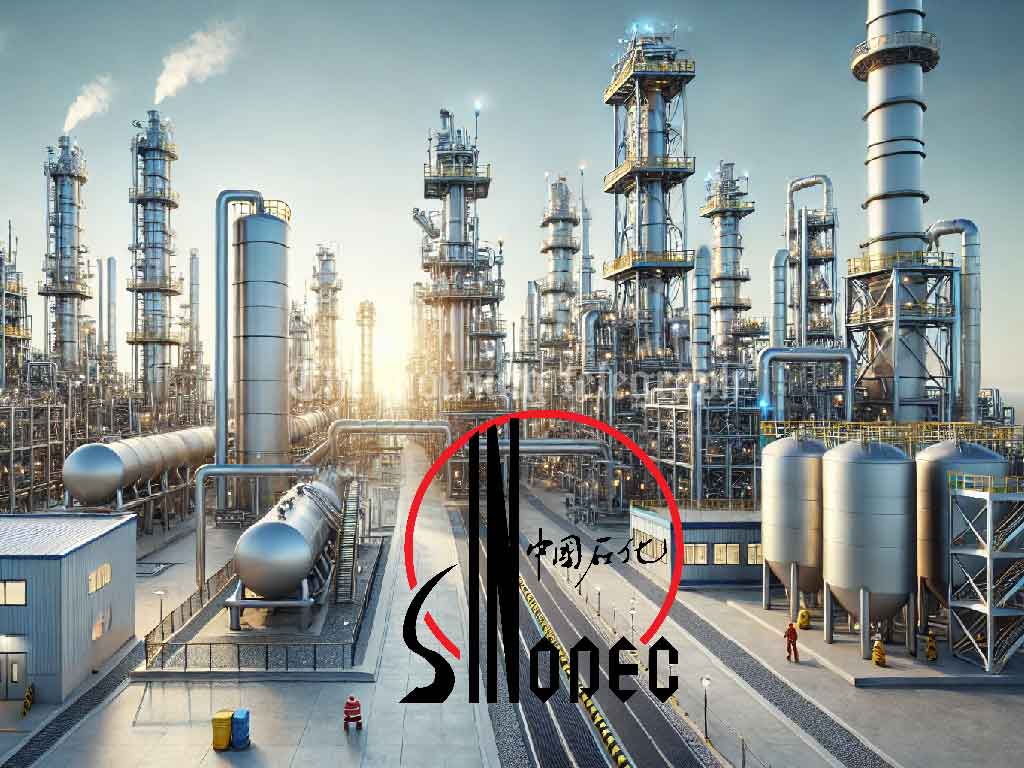
The Sri Lankan government is working to finalize the terms of a $3.7 billion oil refinery project by China’s Sinopec Petroleum, which is expected to significantly transform the country’s energy sector. The Cabinet has appointed a Project Committee and a Negotiation Committee to iron out the details of this landmark investment. These committees are expected to finalize the terms within the next two to three weeks, after which their recommendations will be submitted to the Cabinet for approval.
The proposed refinery in Hambantota, with a planned capacity of 200,000 barrels per day, was announced during President Anura Kumara Dissanayake’s recent visit to China. The project is being touted as the largest foreign investment in Sri Lanka’s history. Once operational, it is expected to boost the nation’s economic growth and uplift living standards, particularly for low-income communities in the Hambantota region.
This project is the latest development in a long history of plans for an oil refinery in Hambantota. In 2019, a $3.85 billion agreement was signed with Singapore’s Silver Park International, supported by Oman’s Ministry of Oil and Gas. The project aimed to construct a 200,000-barrel-per-day refinery on a 585-acre site, making it the largest single foreign direct investment in Sri Lanka at the time. The refinery was expected to generate $7 billion annually in export earnings and create thousands of jobs. However, the project faced significant delays and was abandoned in 2023.
In November 2023, a new agreement was signed with Sinopec to develop the refinery at the same site. The earlier agreement had been terminated due to construction delays. While the United National Party (UNP) claimed credit for securing a $4.5 billion deal for the refinery under the leadership of then-President Ranil Wickremesinghe, the National People’s Power (NPP) government has moved forward with a streamlined $3.7 billion proposal, citing efficiency and practicality.
Sinopec, one of the world’s largest oil refiners and petrochemical producers, is set to play a pivotal role in this project. The company has extensive experience in managing large-scale energy projects globally and owns refining assets in countries like Saudi Arabia and Russia. This investment in Sri Lanka aligns with its strategy to expand its footprint in the global energy market.
The Hambantota refinery project is part of Sri Lanka’s broader economic strategy to attract foreign direct investment and develop its energy infrastructure. The government believes this initiative will position Sri Lanka as a key player in the regional energy market. The refinery will not only cater to domestic demand but is also expected to export petroleum products, leveraging Sri Lanka’s strategic location.
Despite its potential, the project has sparked debates over discrepancies in investment figures. The UNP had previously announced a $4.5 billion deal, while the current administration has proposed a $3.7 billion investment. However, both parties agree on the importance of the refinery for the nation’s economic recovery.
The project has undergone a rigorous process, including the cancellation of earlier agreements and a renewed call for expressions of interest in 2023. After receiving several proposals, the government selected Sinopec for its proven track record and capability to deliver on large-scale energy projects.
The Hambantota refinery is expected to address the country’s growing energy demands and reduce dependence on energy imports. It is also anticipated to create thousands of jobs during its construction and operational phases, providing a much-needed economic boost to the region. The project’s successful completion would mark a significant milestone in Sri Lanka’s journey toward energy self-sufficiency and economic resilience.




